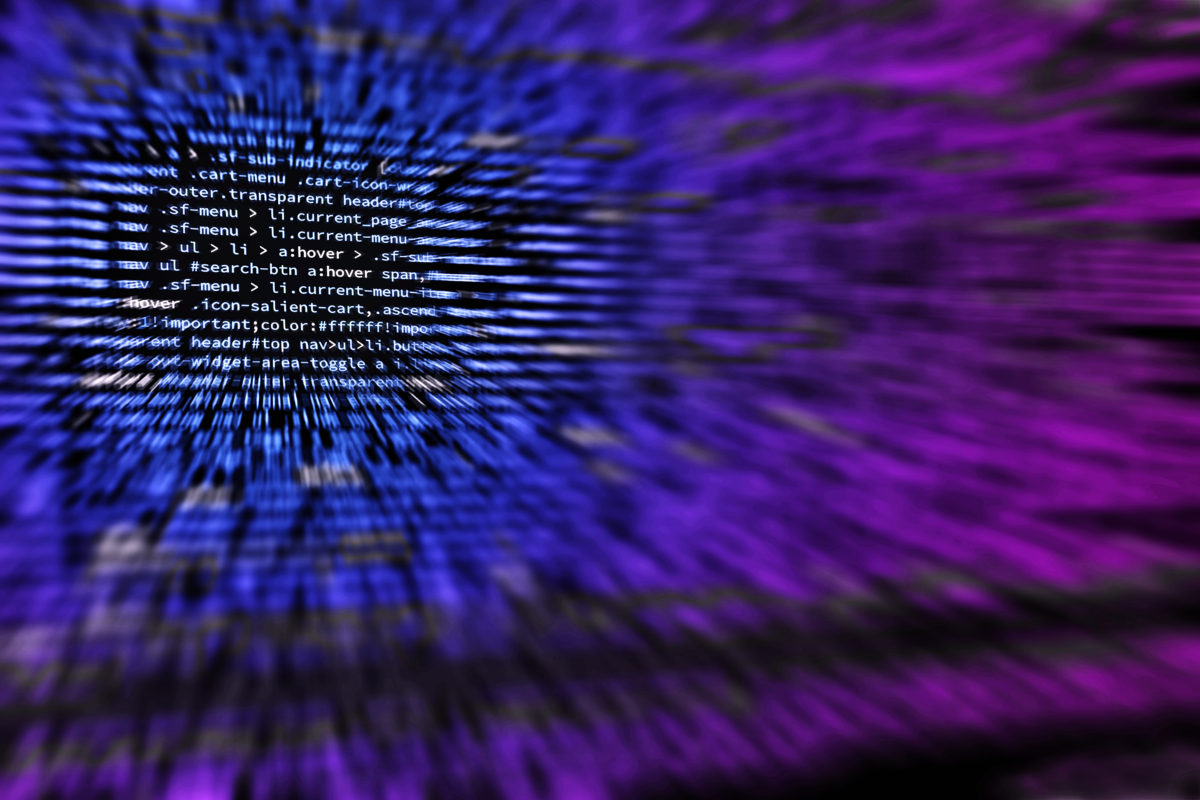“Space junk isn’t just dangerous to astronauts, it could trigger a WORLD WAR: Collisions between satellites and debris ‘risk sparking conflicts between nations'” – Dailymail, 2017
Over 60 years of space travel the amount of ‘space junk’ in orbit has increased significantly, to the point where it is now even becoming dangerous. Experts suggest that we should this take this problem very seriously, as if it continues on like this, according to the Kessler syndrome scenario, the atmosphere around earth might be so clogged with space debris that no vehicle could leave earth any longer. The problem is that there is so much junk flying around at such a high speed, which is left over by space missions, satellites, or other space items, that space missions now already have to pay close attention to their flight route, to make sure not to hit too many debris and damage their spaceship or satellite.
Satellite data and space exploration is extremely important to the future of technology and science, and if we want to avoid many collisions in the future, space debris have to be cleaned up in some way. New international space guidelines are already in place that state any new satellites going into orbit should automatically leave earth’s orbit after 25 years, so new technology might not leave as much debris as older technologies. Another way that has been proposed is the ‘laser broom’, which is a giant laser beam shot from earth to sweep space debris between 1 and 10 cm. NASA has proposed this idea in the late 90s, but so far nothing has come to fruition of it.
In conclusion, space debris are a very serious problem that almost no one knows about, but could become increasingly harmful in the future. My hope is that with new guidelines most future space debris will leave earth’s orbit, and hopefully technologies such as the laser broom or new innovations might be able to help clean up what previous generations have left behind in space.
What do you think? Did you ever hear of space debris being a problem before? Do you think researchers are right when they say it poses a great threat, or do you think they are overreacting? I would love to hear your opinion!
On this website you can play around in 3D and see the amount of space debris visualized with a 3D map of Earth and space.


